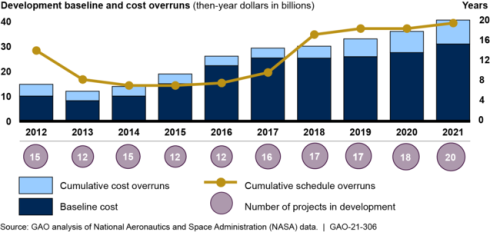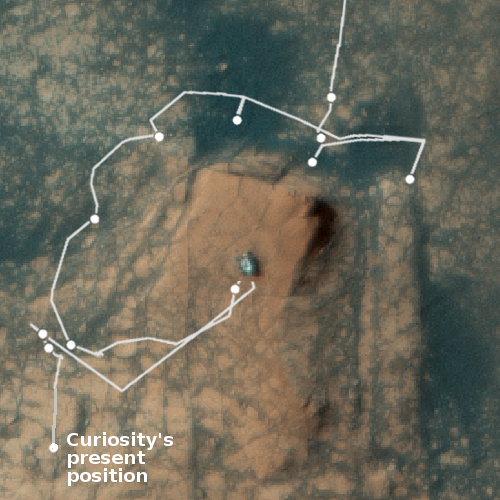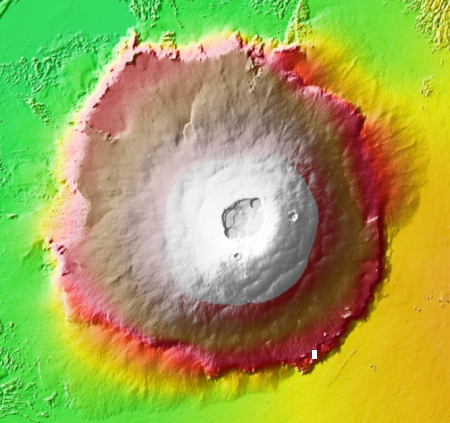Roscosmos finally approves ISS module Nauka for launch
After successfully completing its last ground tests, Roscosmos announced today that it has finally approved the launch on July 15th of its next module for ISS, dubbed Nauka.
Nauka’s long road to space began more than a quarter of a century ago, in 1995, with this year’s launch about fourteen years behind schedule. An engineer who started working on Nauka after graduation at the age of 25 would now be a grizzled veteran of 51 and looking forward to retirement in only a few years.
The module will provide the Russian half of ISS a second restroom, greater oxygen and water recycling capacity, and room for a third resident, all necessary additions for the planned two commercial tourist launches Russia has scheduled for the fall.
After successfully completing its last ground tests, Roscosmos announced today that it has finally approved the launch on July 15th of its next module for ISS, dubbed Nauka.
Nauka’s long road to space began more than a quarter of a century ago, in 1995, with this year’s launch about fourteen years behind schedule. An engineer who started working on Nauka after graduation at the age of 25 would now be a grizzled veteran of 51 and looking forward to retirement in only a few years.
The module will provide the Russian half of ISS a second restroom, greater oxygen and water recycling capacity, and room for a third resident, all necessary additions for the planned two commercial tourist launches Russia has scheduled for the fall.







